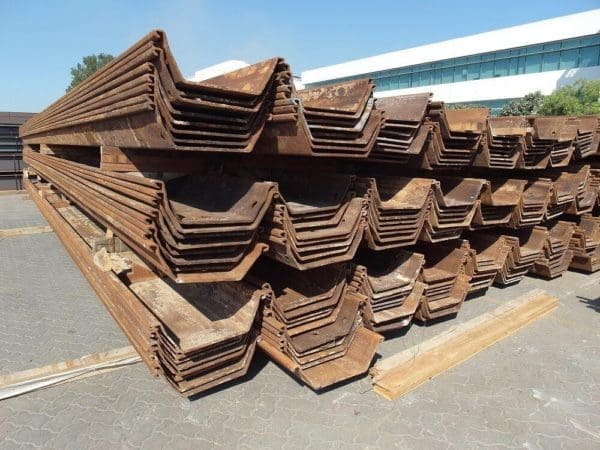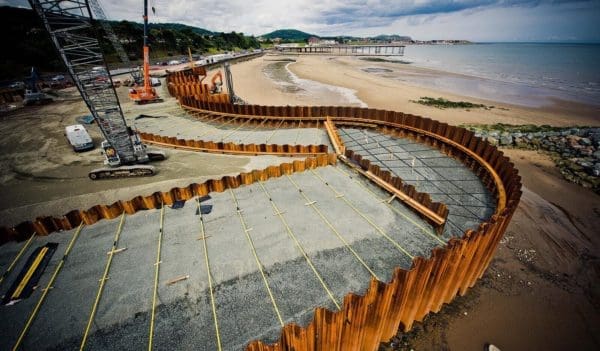Everything You Need To Know About Sheet Pile Connectors

There are many things that are being used in the construction industry that we often forget about it. For example, the support systems need sheet piles connectors to keep them strong and to make them durable.
Especially if you are building something that should hold a massive load, you want to make sure the system stands firm. Sheet piles are designed exactly for that. They interlock and can be installed in a sequence that will form a wall that will support the structure. To continue your reading about this topic, please follow the link: https://www.designingbuildings.co.uk/wiki/All_you_need_to_know_about_sheet_piling.
There are different types of piles, depending on how strong you need your system to be. For example, permanent ones are implemented if you need them to last for a long time. Sometimes when you are constructing something, you might be making it hard to penetrate the soil.
That is when constructors use hammers that vibrate. These hammers could compromise the systems if permanent sheet piles are not used to support the structure. It might seem trivial at first, but there’s a lot of skill and knowledge that goes into construction jobs than what appears at the surface.
How do they work?
Since 1911 the sheet piles have proved to have wide usage across the globe. Locks and breakwaters, quays, or even reinforcement for the bank on canals and rivers, these piles have been used for hundreds of years worldwide. They have been quite popular right from the beginning because of their extensive usage. The real question is, how do they work?
Although they can be made of a lot of different materials, sheet pile connectors can usually be found in steel. Their primary purpose is to form a wall that will protect a structure from falling down. They have interlocking sheets that are connected with each other.
Depending on what type of material they are made of, they have different strengths and durability. Other than steel, these piling sheets can be made of wood and vinyl, offering different types of advantages. Steel is the most preferred choice if you need your structure to withstand pressure and bending forces. What are the different types that you can get?

Extruded
The first type is extruded connectors. These are made in one piece and have less risk of corrosion. Extruded ones are lighter compared to fabricated ones, which is mentioned below. There are different features depending on what you need. They can be manufactured for flat and Z-section sheet piles.
As technology develops, so are these connectors. Depending on your preferences, you can choose the type of interlock system. You can select a 90-degree sheet pile connector or other. With these vast choices, you can implement them almost everywhere in the construction industry.
Fabricated
Unlike the extruded fabricated pile, connectors have bolted together with the plates, angles, and interlock tips. This allows the user to arrange and sort the connectors in different corners and various angles. The price of these connectors depends on your needs.
If you need something more complex, you might need to pay a little bit more to get a quality product. Just like the extruded one, these too can be used for flat and z-section sheet piles. For more info, read here.
What are the advantages of using sheet piling?
It is clear by now that they have usage worldwide. This is solely based on their enormous advantages in the construction industry. For starters, they are easy, light-weighted, and therefore simple to maneuver with. They can be handled with ease and lifted without much effort.
If we take a look at the environmental side, they are made of reusable and recyclable material. So, if you are watching your carbon footprint on Earth, you don’t have to worry about this product. Furthermore, their manufacturing process allows you to design them exactly how you need them.
Their design can be adaptable as well as their length. This allows the constructions to implement them in various ways without worrying at all. They can be implemented underwater, as mentioned above, and they don’t run the risk of corrosion.
This means that you don’t need to worry about maintenance because they need only a little. But the best part is that they are strong. The joints can withstand pressure in high magnitude and support the structure.
Similar Posts:
- None Found









